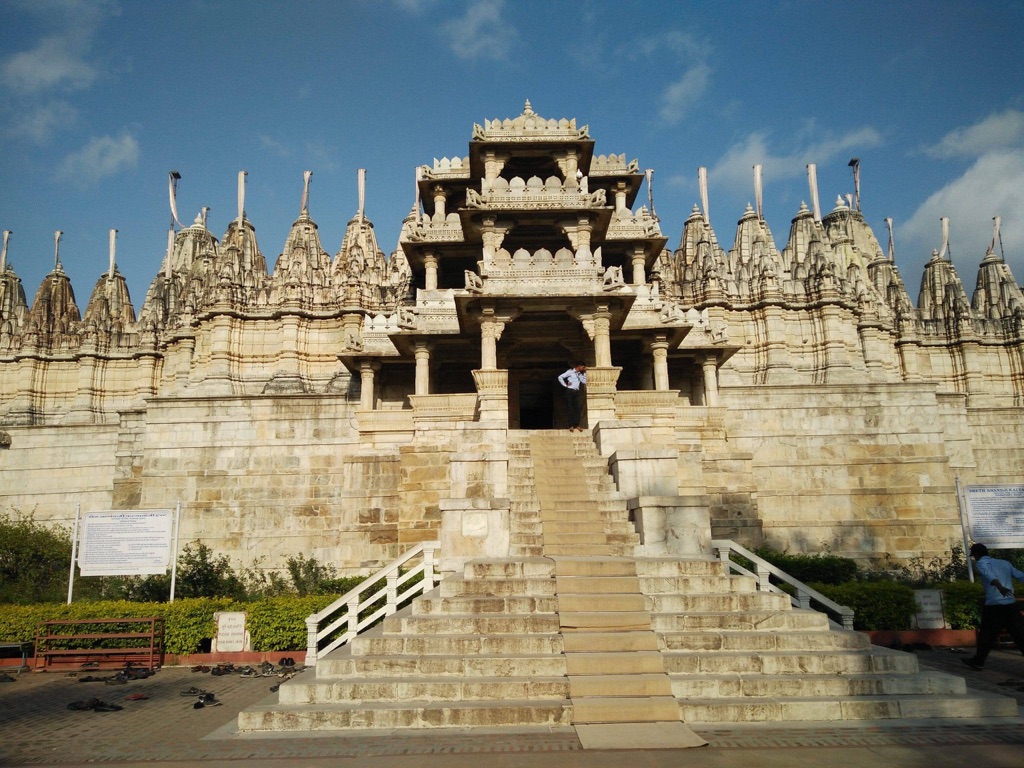Nestled in the serene valley of the Aravalli Range, the Ranakpur Jain Temple is a testament to India’s rich cultural tapestry. This architectural marvel, dedicated to Tirthankara Adinatha, is one of the largest and most important Jain temple complexes in the world. Built in the 15th century, it stands as an exquisite example of Jain devotional architecture. With its intricate stone carvings and ethereal ambience, the temple attracts visitors and pilgrims from across the globe, seeking both spiritual solace and a glimpse into India’s profound historical heritage.
Get your dose of History via Email
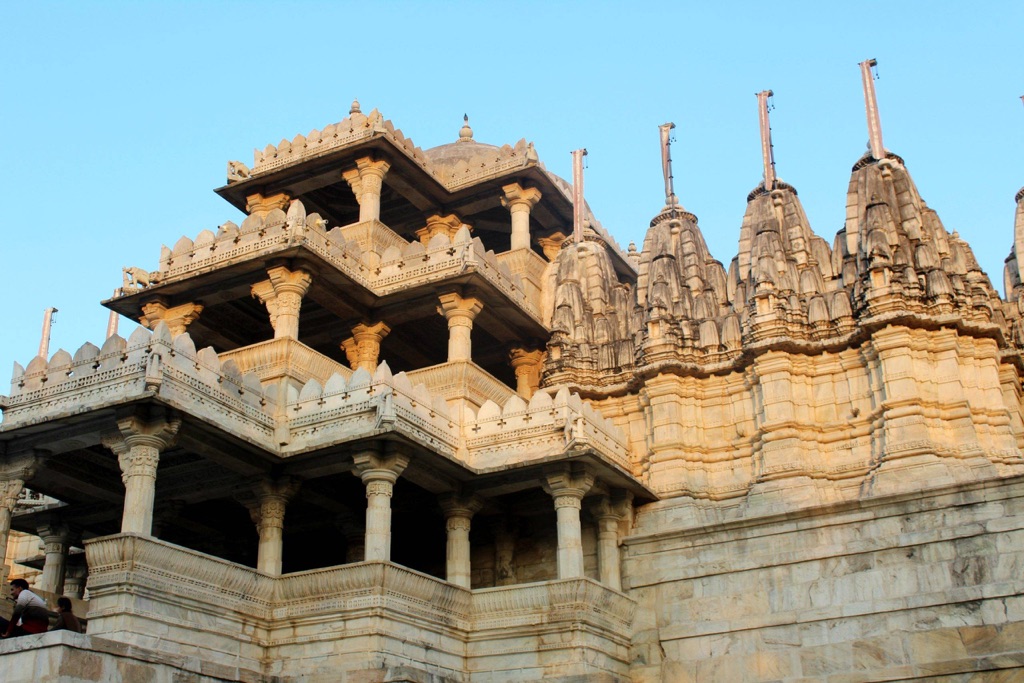
Historical Background of Ranakpur Jain Temple
The Ranakpur Jain Temple, discovered by the Western world in the late 19th century, has a history that dates back to the 15th century. It was built during the reign of Rana Kumbha, the benevolent ruler of Mewar, who donated land for the temple. Dharna Shah, a local Jain businessman, initiated the construction after a divine vision. The temple’s design was executed by the architect Depa. The temple complex has withstood the test of time and remains an important pilgrimage site for the Jain community.
The temple’s construction began in 1437 and took over 50 years to complete. It was built in the honor of the first Jain Tirthankara, Adinatha. The temple complex is renowned for its elaborate architectural style and the vast number of beautifully carved pillars. Each pillar is unique, showcasing the artisans’ extraordinary skill and creativity.
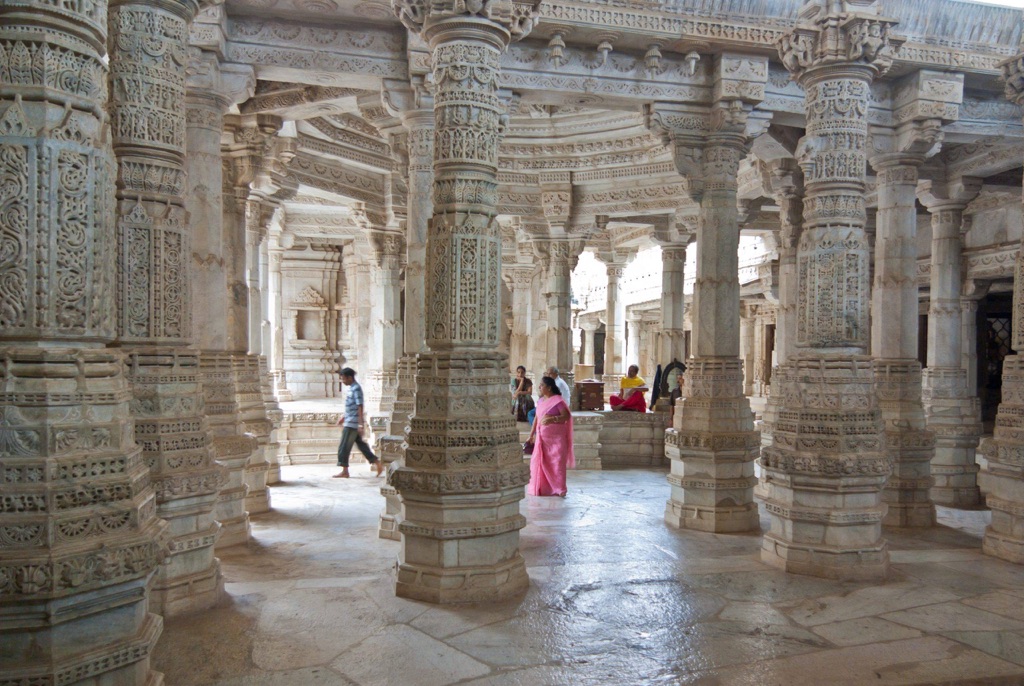
Over the centuries, the temple has seen periods of neglect and restoration. In the 20th century, it underwent extensive renovations to restore its former glory. The temple has not only been a place of worship but also a cultural hub, reflecting the social and religious life of the Jain community throughout history.
The Ranakpur Jain Temple has not been the scene of any major historical events such as battles or political upheavals. Instead, it has remained a tranquil site of devotion and contemplation. Its remote location in the Aravalli hills has perhaps shielded it from the tumults of history, allowing it to preserve its spiritual atmosphere.
Today, the temple stands as a symbol of the Jain doctrine of non-violence and respect for life. It continues to be a living monument, with monks and nuns inhabiting its quarters, maintaining the daily rituals and traditions that have been practiced for centuries.
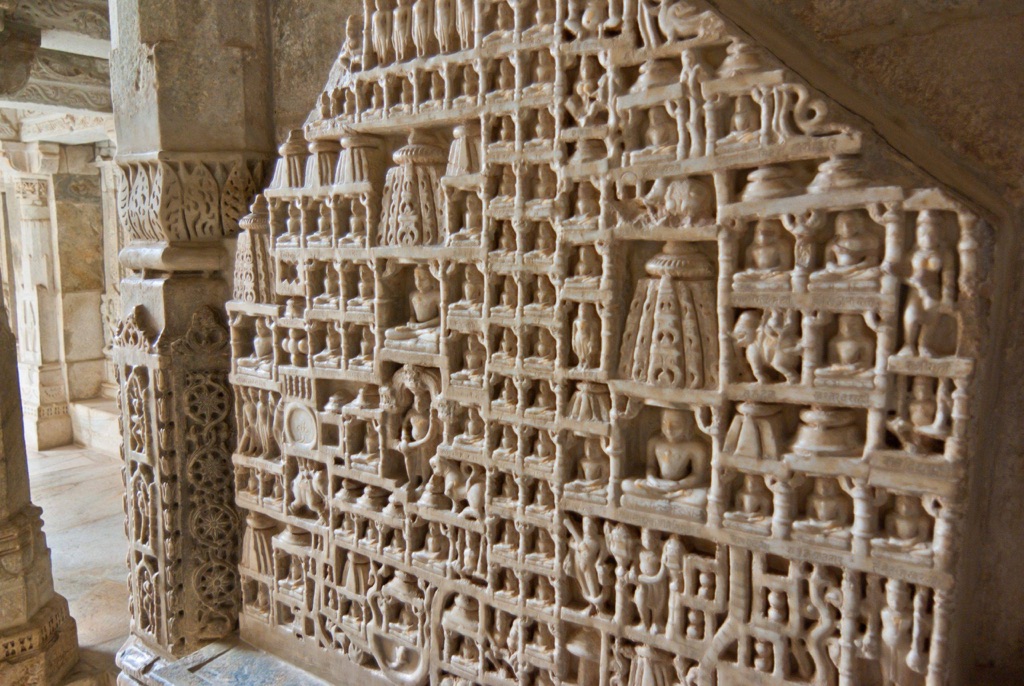
About Ranakpur Jain Temple
The Ranakpur Jain Temple is a masterpiece of Maru-Gurjara architecture, known for its intricate and symbolic carvings. The temple is constructed from light-colored marble, which gleams in the sun, giving the structure an almost divine aura. The complex includes multiple shrines, with the main temple dedicated to Tirthankara Adinatha.
The temple’s grand structure is supported by over 1,444 marble pillars, each uniquely carved with intricate designs that no two pillars are alike. The carvings depict various deities, mythological figures, and intricate geometric patterns. The complexity and precision of the work are a testament to the high level of craftsmanship achieved by the sculptors.
One of the architectural highlights of the Ranakpur Jain Temple is the extensive use of open courtyards, domes, and shikhara towers. These elements create a sense of openness and light within the temple space. The main dome is adorned with carvings of deities, dancers, musicians, and floral motifs, representing a celestial vision.
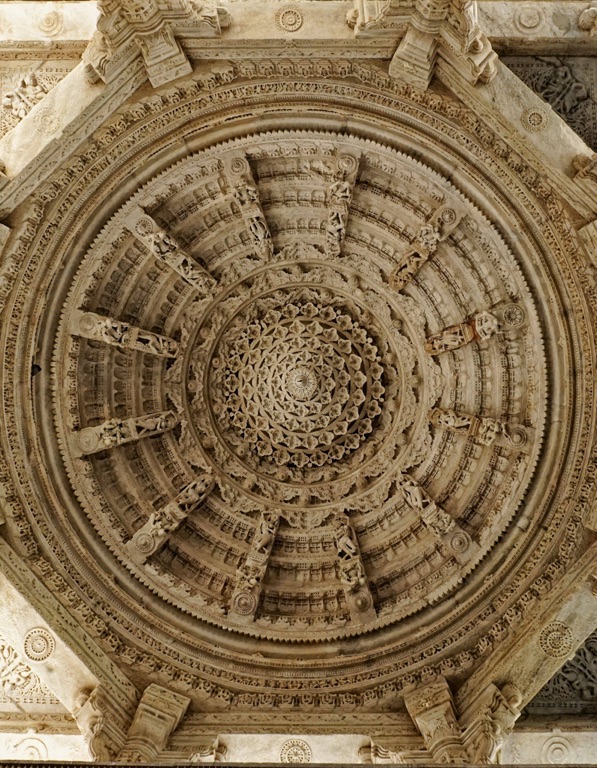
The temple also features a four-faced shrine, which symbolizes the Tirthankara’s conquest of the four cardinal directions and hence the cosmos. The layout of the temple was designed to represent the Jain cosmology, with the three floors symbolizing the three realms of Jain cosmology: the underworld, the earthly realm, and the heavens.
The construction methods and materials used in the temple’s building process have allowed it to withstand the ravages of time. The marble used in the construction was quarried from the nearby areas, and the stone was worked upon by skilled artisans who followed the ancient architectural texts to create this enduring legacy.
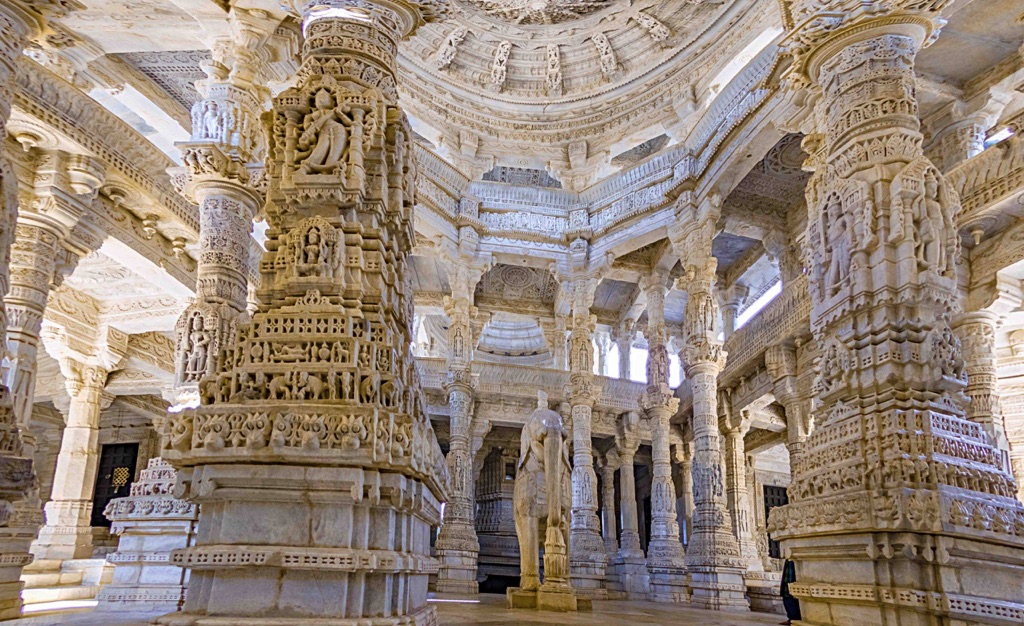
Theories and Interpretations
The Ranakpur Jain Temple is shrouded in symbolism and religious significance. The temple’s design is said to represent the Jain view of the cosmos. Each of the temple’s 29 halls, 80 domes, and the countless pillars are thought to have a symbolic purpose, although the exact meanings are open to interpretation.
The temple’s intricate carvings have sparked various theories about the artisans’ intentions and the messages they intended to convey. Some scholars suggest that the carvings represent stories from Jain scriptures, while others believe they depict the lives of the Jain saints.
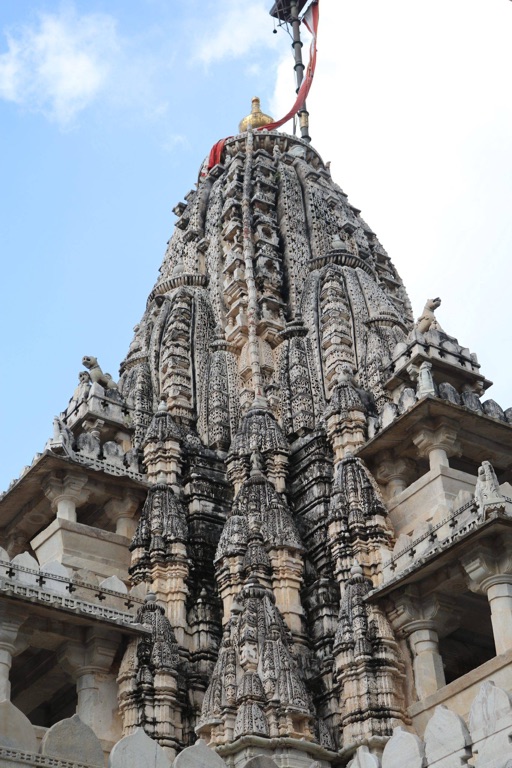
The mystery of the temple’s exact number of pillars has led to much speculation. It is often claimed that no one can count the pillars accurately, which adds to the temple’s mystique. This enigma is sometimes interpreted as a reflection of the infinite nature of the universe in Jain philosophy.
Dating the temple has been a subject of scholarly research. The consensus is that the temple was built in the 15th century, but the exact year of completion is debated. Carbon dating and other scientific methods have not been extensively applied, as the temple is an active site of worship and such interventions could be intrusive.
The temple’s acoustics have also been a topic of interest. The precise arrangement of pillars and domes is believed to enhance the sound of prayers and chants, creating a spiritual resonance within the temple halls. This aspect of the temple’s design is often seen as a deliberate attempt to create a divine auditory experience.
At a glance
Country: India
Civilization: Jain
Age: 15th century AD

